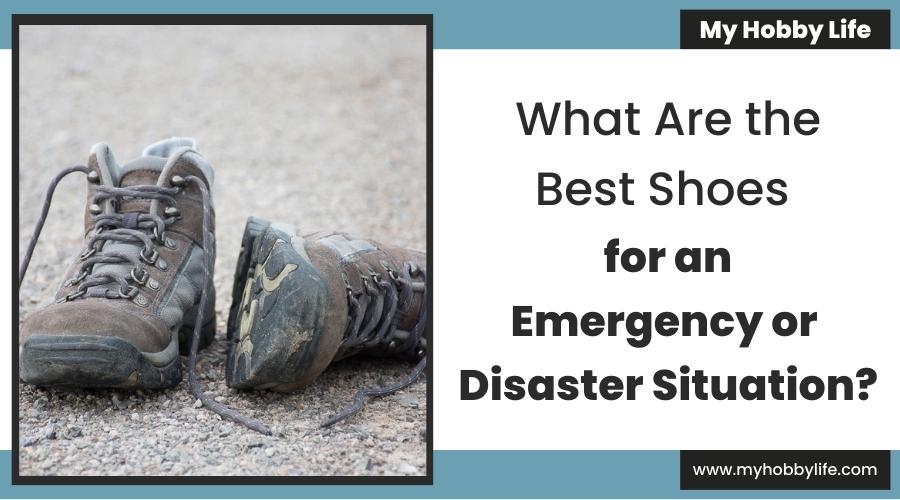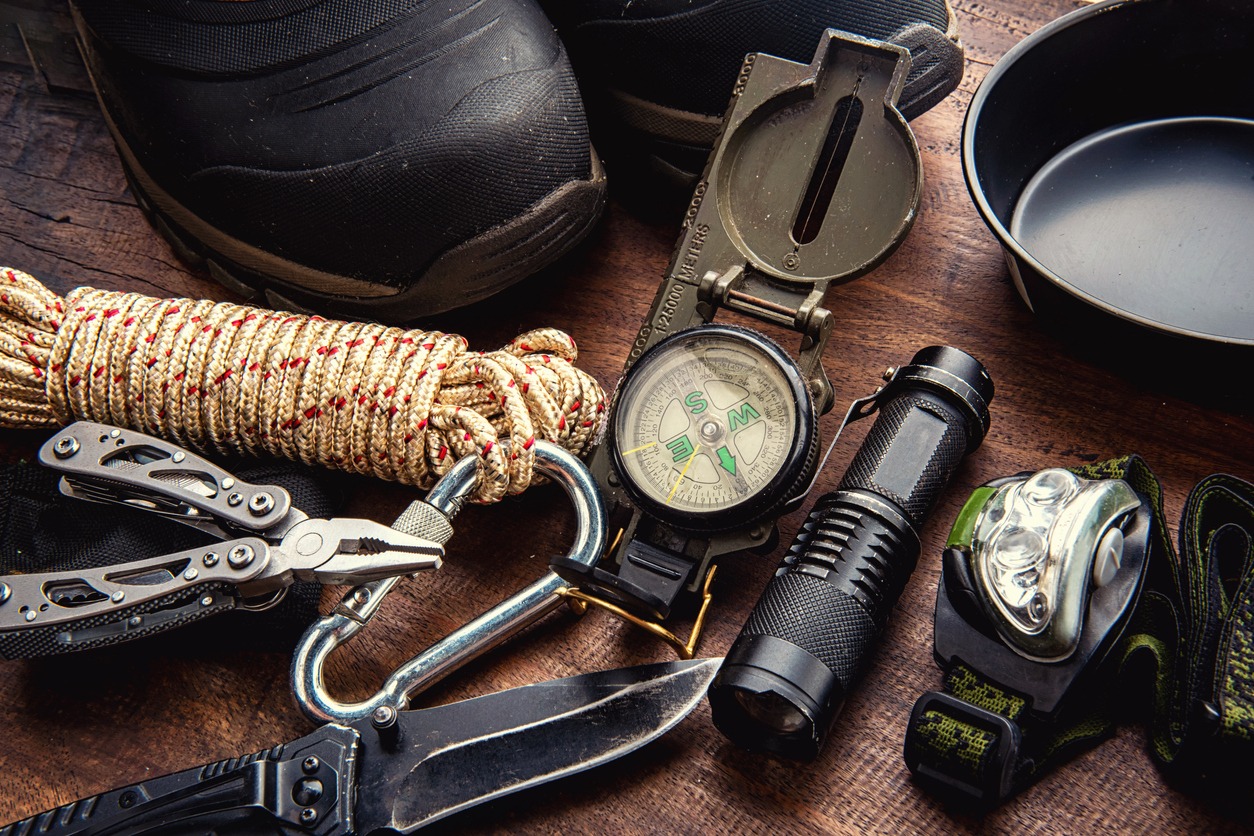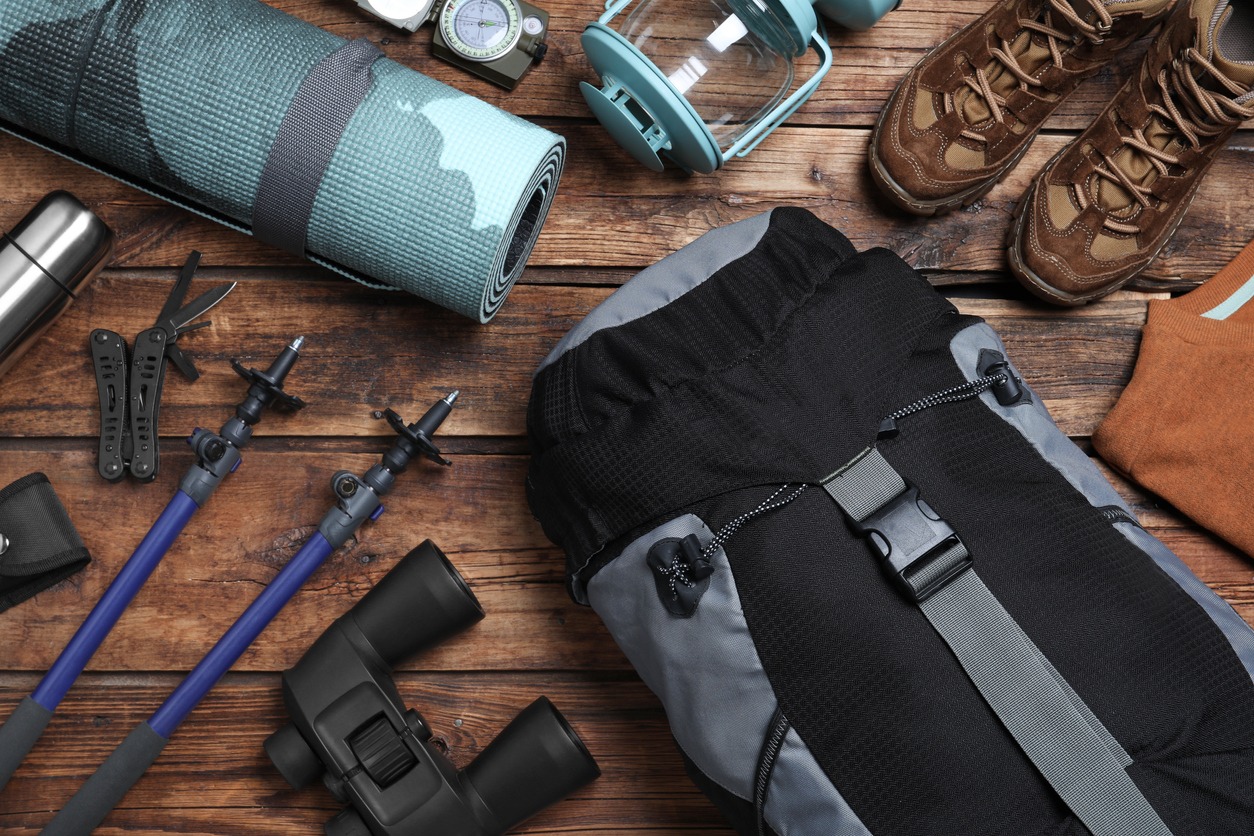It is crucial to wear the right kind of footwear to increase your chances of surviving in emergencies. Your movement may be significantly hampered by poor footwear. When time is of the essence, high mobility is essential. Additionally, if the shoes you’re wearing are not well insulated, you will lose a lot of heat via your feet. When calamity strikes, wearing the incorrect footwear can result in a variety of potentially fatal issues, including wounds, bruises, sores, and infections. In dire circumstances, going without any shoes could mean certain death.
Are Shoes Essential to Surviving?
Yes, if you’re wearing the appropriate footwear. At the very least, slippers or sneakers can be useful, but it’s commonly recognized that boots are the greatest for general use (and survival) because they are both durable and functional. However, be careful while choosing a pair because wearing the wrong kind could result in an accident that renders you immobile.
An individual may be moving or still during a crisis. You might be traveling far distances to avoid danger, or you might be staying put and taking care of your homestead. Everything, including your bug-out kit, has been prepared to assist you in getting through the first vital 72 hours. You’ve made sure you have all the supplies and abilities required to guarantee your survival. But have you given your feet any thought? Although it might not seem like it, one of the most crucial items you can have is footwear for survival. If you want to know more about the other items that you can include in your bug out bag, read our Guide to Selecting Items for a Bug Out Bag.
Picking the Right Shoes for an Emergency or Disaster Situation
In a crisis, each person is likely to be either mobile or stationary. Regardless of your preference, the importance of wearing high-quality shoes cannot be overstated. No matter how much work equipment or bug-out bag materials you have accumulated, if you are forced to work outside or walk twenty miles every day and you are wearing a pair of cheap tennis shoes, you will have made a terrible mistake. Without the right shoes, you could easily suffer from ankle sprains or blisters that would make you entirely useless for several weeks. That might result in death in an emergency. It is better to purchase the proper boots now than to discover you lack them afterward.
Fit
Trying on the shoes and walking about the store in them is the best way to discover whether the shoes are a suitable fit for you. Don’t rely on the manufacturer’s listed shoe sizes because they can vary between brands. A lot of people have one foot that is a little bigger than the other, so consider sizing footwear based on your larger foot. Give the shoe adequate area to spare. An eighth of an inch from your heel in the back and about half an inch from your longest toe in the front. Your toes should have enough room to move around in properly fitted footwear without feeling too loose or roomy.
Just bite the bullet and move on if you don’t feel comfortable wearing a pair of shoes you otherwise truly enjoy. Don’t buy shoes in the hopes that you’ll become accustomed to them or that they’ll suddenly start to fit after some wear. Though it will take some time, a shoe that fits properly will ultimately break in and conform to your foot. By putting them on, tightening the laces, and taking a few steps in them, you may get an idea of how well they fit. Even after a few days of use, the majority of trustworthy shops will refund the whole cost of the shoes if they start to harm your feet or become unpleasant.
Comfort
If you need to run, you are well aware of the value of a good pair of sneakers. Running can physically place up to five times your body weight immediately on your feet. Good running shoes frequently have additional cushioning to help reduce this intense force. Even if you aren’t much of a runner, the shoes you intend to wear in times of need should allow you to run at full pace with ease. You don’t want to be trapped in a bulky pair of steel-toed work boots if running is your only method of escape. Additionally, to properly cushion the ankle, the shoes you choose must have soft midsoles and be slip-resistant.
Protection
A survival shoe must be able to sustain long treks in addition to providing improved traction, cushioning, and flexibility for the feet. In addition, proper foot and ankle support is also important to consider. You must be able to walk for miles while carrying the weight of your equipment without support difficulties or ankle injuries.
Durability
The form should take precedence over the trend. Survival footwear must be tough and long-lasting. Unless you’re looking for camouflage, style doesn’t matter. Quality survival footwear must be able to withstand harsh weather, filth, rough terrain, water, and sweat while also offering superb foot support. A decent pair of shoes will always be made of high-quality materials, whether they are made of leather or canvas.
Sole
Three layers make up the sole. The bottom portion of the sole is typically constructed of carbon rubber for durability. The outsole is divided for more flexibility and has grooves or other traction-enhancing patterns. The soft midsole, often known as the middle layer, provides the majority of the cushioning. Typically, foam designed to absorb shock makes up the midsole. Additionally, gel, air sacs, or plastic torsion support may be used. The layers directly beneath your feet are insoles or the liner of your socks. They offer additional shock absorption and arch support. In most pairs of walking or running shoes, you may remove them and wash them.
You can purchase a wide variety of shoes on the market. Some collect shoes, and others have a large shoe collection. Not every pair of shoes you own, though, will come in handy in a crisis. An individual may be in motion or still during an emergency or disaster. Long distances may be covered on foot by people fleeing danger or staying put to care for their homes. In light of this, this article discusses the crucial factors to consider while choosing a pair of survival shoes. If you want to know more about the other items that you should have for emergencies, you can read our Guide to Selecting Items You Need at Home for Emergency Situations.


